
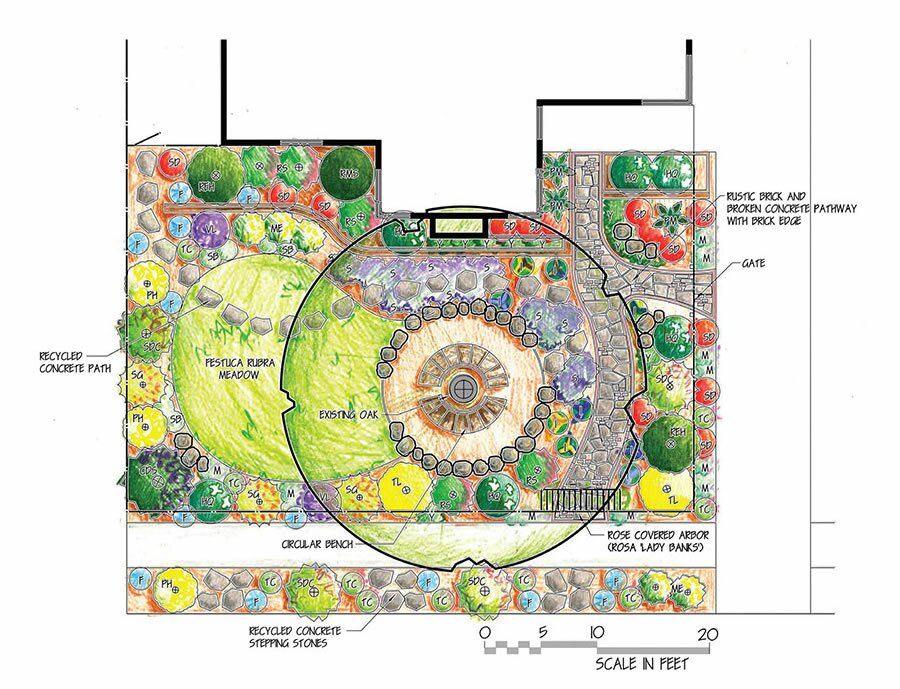
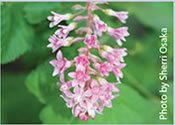
Pink Flowering Currant |
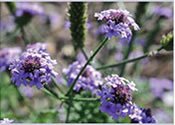
Lilac Verbena |
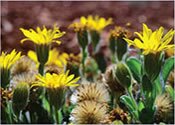
Monkey Flower |
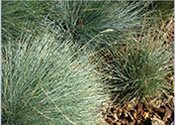
Idaho Fescue |
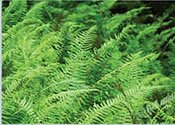
Western Sword Fern |
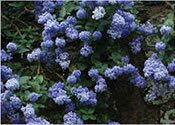
Wild Lilac |
About the Concept Design Series
These designs are simple concepts to provide inspiration and ideas. Check with local nurseries, landscapers or other sustainable garden designers to help choose the best plants for your yard.
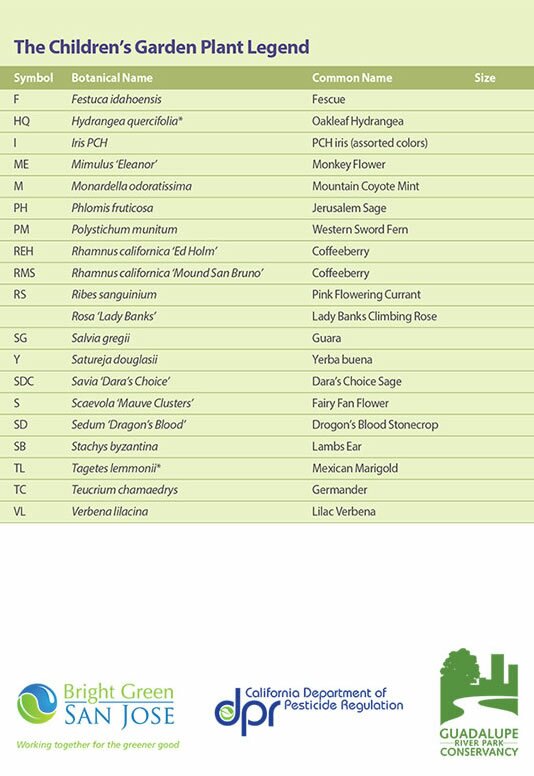
Why We Liked This Garden
Showcase Features:
In this garden, traditional lawn and overgrown, sheared Juniper hedges have been transformed into a playful, cottage-like garden designed to maintain curb appeal while also serving as a play area for the homeowner’s young children. The decorative picket fence adds character and helps keep the children safe from street traffic. The traditional lawn has been replaced with a smaller, native Fescue (F) meadow that can handle kids playing and only requires mowing once or twice a year. The recycled concrete stepping stones create a pathway for the children to follow, connecting the front yard with the back and encouraging exploration and movement. The circular bench around the mature shade tree provides a cool resting point and a place for parents to sit while still having full view of the garden. A rustic, storybook feel was achieved by using old bricks and recycled concrete to create the new curved pathway to the front door and the arbor over the pathway guides visitors into the garden. This garden meets the requirements of the Santa Clara Valley Water District’s Landscape Rebate Program.
Plants:
This garden features a number of flowering plants such as Lilac Verbena (VL), Oakleaf Hydrangea (HQ) and Wooly Blue Curls to create a cottage garden feel with plenty of color. The existing oak, was previously surrounded by a traditional lawn, is now surrounded by mulch and low water using ground cover. The soft, fuzzy Lambs Ear (SB) ground cover is fun for kids to touch, while the surrounding plants can take a bit of roughhousing.
The diversity of the planting also attracts birds, butterflies and insects, which can provide educational experience for children. The Fescue (F) meadow was established using plugs (small sized plants grown in trays) to meet the requirements of the Santa Clara Valley Water District’s Landscape Rebate Program.
Light:
This garden ranges from full sun to the left of the large oak tree to partial and/or full shade beneath the large tree and to the right of the garden.
Watering Needs:
The perennial plants in this garden have low to very low water needs. Sub surface irrigation has been used on the Fescue (F) meadow, although some temporary overhead irrigation, such as hand watering or moveable sprinklers, is needed when trying to establish the grass plugs in warmer months. Irrigation should be kept away from the base of the established oak tree.
Sustainable Gardening Resource List
For general installation, understanding of sustainable gardens, and other details, read the factsheets in the Green Gardens Healthy Creeks series. Each of those factsheets provides in depth information to guide homeowners through the process of installing sustainable gardens.
Construction Notes for Sustainable Landscaping
- Use a base of sand to level often irregular pieces of broken concrete (urbanite) used for stepping stones.
- If broken concrete is not available, flagstone can be substituted in the pathway.
- Set the leveled concrete or flagstone pieces and brick onto decomposed granite or sand to allow water to percolate into the soil.
- Visit home reuse facilities during the design and construction phase of the garden to find unique recycled materials to use in the garden.
- Protect mature trees during construction if heavy machinery is going to be used by placing a protective barrier around the tree’s truck.
- Avoid parking heavy machinery on the root zone of the trees or piling construction materials at their bases.
- The natural grade of the soil should be maintained at the base of the tree.
- Mulch should not be mounded against the trunks of trees or at the base stems of shrubs.
- The circular bench around the trunk of the tree was constructed in two sections that can be moved away from the tree as its trunk grows in diameter over time.
- Use excavated soil for pathways to build mounds, reducing waste.
- Grade soil so water drains away from the foundation of the house.
- If using boulders in the landscape, dig them into the soil a few inches to create a more natural look.
- Place boulders at edges of meadow areas or pathways to be used as informal seating.